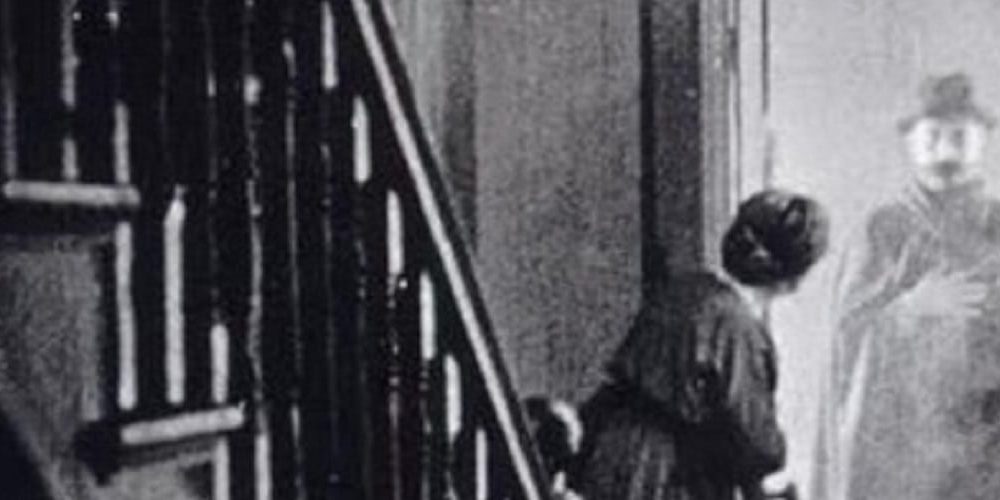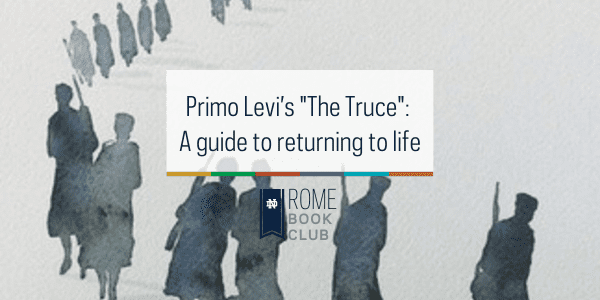TOP 10 LEARNING MOMENTS
- Independent women who think for themselves make interesting characters – Susan Ohmer
- Here is someone who worked before sound, color, widescreen, shooting on location over studio… but has always been creative. – Susan Ohmer
- The Lodger, while loosely based on the Ripper murders, was not steeped in crime gore. It was a psychological novel looking at a character’s perceptions and thought process. It was well respected and held in high esteem by writers such as Ernest Hemmingway.
- Hitchcock’s films continue to be admired today due to his creativity and range as a director. Very few director’s careers have spanned so many years and have witnessed so many developments to the film industry. Furthermore his work has generated a phenomenal amount of discussion and critical writing.
- There was a deliberate attempt to link Hitchcock’s films with his later ones. – Susan Ohmer
- Films were black and white and so they did not capture color in the way that we understand it today…but they coloured the film to give an impression of the narrative mood. – Kieron Webb
- London like many historical cities is always changing. – Susan Ohmer
- We often think of HG Wells in terms of science fiction and the war of the worlds, but it is interesting that Conrad reminds us of his social and political interests. – Susan Ohmer
- You have a situation where characters are being duplicitous with one another and we watch that, knowing that they are being duplicitous but we also see how they are relating to each other in these roles they’ve carved out. – Susan Ohmer
- It’s all about perception and realization and glances and moments stitched together and we infer the whole time what’s going on in her mind and realizing the moment at which he understands what she’s thinking. – Susan Ohmer
Interested in learning more?
This series is hosted by ThinkND, the University of Notre Dame’s online learning community that connects you with videos, podcasts, articles, courses, and other resources to inspire minds and spark conversations on everything from faith and politics to science, technology, and your career.
Featured Speakers
Susan Ohmer, The William T. and Helen Kuhn Carey Associate Professor of Modern Communication, University of Notre Dame
Kieron Webb, Head of Conservation, British Film Institute
Rev. Jim Lies C.S.C., Director for Academic Initiatives & Partnerships, University of Notre Dame, London, England
“Films were black and white and so they did not capture color in the way that we understand it today…but they coloured the film to give an impression of the narrative mood.”
Kieron Webb
Read the Lodger
The Lodger by Marie Belloc Lowdnes is available from the Hesburgh Library as a free download. Read the first two chapters for an introduction to the Bunting family and the introduction of the lodger. If you are interested in reading more, go on to chapters 3 and 4 to learn more about the characters of Daisy and the detective. If you’re outside of the US, you can get these chapters on Project Gutenberg.
Watch The Lodger
Watch “The Lodger: Story of the London Fog” by Alfred Hitchcock. The film is available for free on YouTube.





